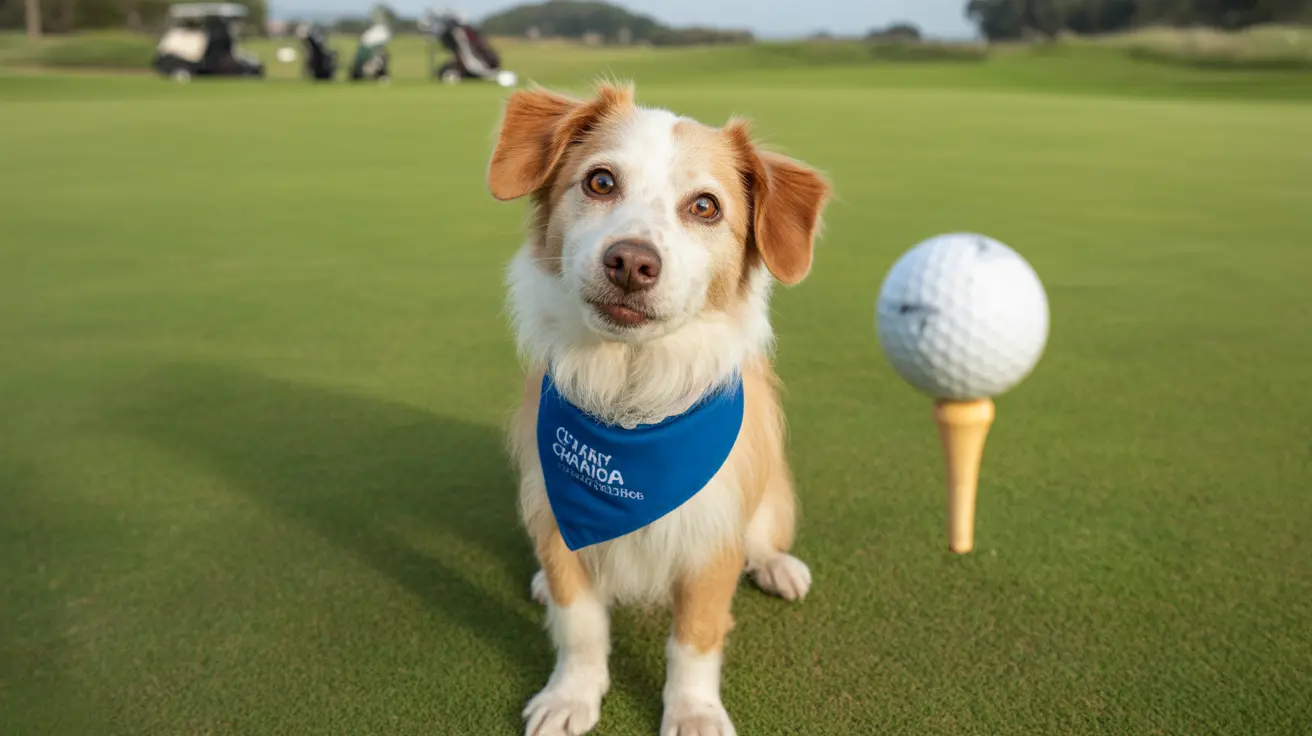What is Plantigrade Stance in Dogs?
A plantigrade stance occurs when dogs walk with their entire foot, including the heel (hock), in contact with the ground. This is abnormal for dogs, who naturally walk on their toes (digitigrade stance). When a dog develops a plantigrade stance, it's most noticeable in their hind legs, where the hock drops significantly lower than normal.
Common Causes of Plantigrade Stance
Tendon and Ligament Issues
The most frequent cause of plantigrade stance is damage to the calcaneal (Achilles) tendon. This can occur through:
- Acute injury or trauma
- Chronic degenerative conditions
- Direct rupture or tear
- Gradual weakening over time
Neurological Conditions
Various neurological issues can lead to plantigrade stance, including:
- Sciatic nerve damage
- Peripheral neuropathy
- Spinal cord problems
- Diabetic neuropathy
Identifying Signs and Symptoms
Dogs developing a plantigrade stance may show several warning signs:
- Difficulty walking or standing
- Unusual flat-footed appearance in the hind legs
- Reduced activity levels
- Visible muscle wasting in the affected limbs
- Reluctance to exercise or play
- Development of sores on the top of the feet
Diagnosis and Veterinary Assessment
Your veterinarian will conduct a thorough examination that typically includes:
- Physical examination of the affected limbs
- Neurological assessment
- Imaging tests (X-rays, ultrasound, or MRI)
- Blood work to check for underlying conditions
- Gait analysis
Treatment Approaches
Conservative Management
Mild cases may respond to:
- Rest and activity modification
- Physical therapy exercises
- Custom orthotics or braces
- Pain management medications
Surgical Intervention
More severe cases might require:
- Tendon repair surgery
- Nerve decompression
- Joint stabilization procedures
- Post-operative rehabilitation
Recovery and Prognosis
The recovery timeline varies depending on the underlying cause:
- Tendon injuries may heal within 2-4 months with proper treatment
- Neurological conditions might require 6-12 months or longer
- Some cases may need ongoing management for life
Prevention and Monitoring
While not all causes of plantigrade stance are preventable, you can:
- Maintain your dog's healthy weight
- Provide regular exercise
- Schedule routine veterinary check-ups
- Monitor for early signs of mobility changes
Frequently Asked Questions
What does it mean when my dog is walking with a plantigrade stance?
A plantigrade stance means your dog is walking with their entire foot flat on the ground instead of on their toes. This is abnormal for dogs and indicates an underlying medical condition that requires veterinary attention.
What are the common causes of a plantigrade stance in dogs?
Common causes include Achilles tendon injury or rupture, neurological conditions affecting the sciatic nerve, peripheral neuropathy, and sometimes diabetes-related complications. Trauma and degenerative conditions can also lead to this condition.
How do veterinarians diagnose the underlying problem causing plantigrade stance in my dog?
Veterinarians use a combination of physical examination, neurological assessment, imaging tests (X-rays, ultrasound, or MRI), and blood work to determine the underlying cause of plantigrade stance.
What treatment options are available for dogs with a plantigrade stance due to Achilles tendon or nerve injuries?
Treatment options include conservative management (rest, physical therapy, and orthotics), surgical repair for tendon injuries, medications for pain and inflammation, and rehabilitation therapy. The specific treatment plan depends on the underlying cause.
Can physical therapy and orthotics help a dog recover from plantigrade stance, and what is the expected prognosis?
Yes, physical therapy and orthotics can significantly help in recovery, especially when combined with appropriate medical treatment. The prognosis varies depending on the cause and severity but can be good with early intervention and proper treatment adherence.






